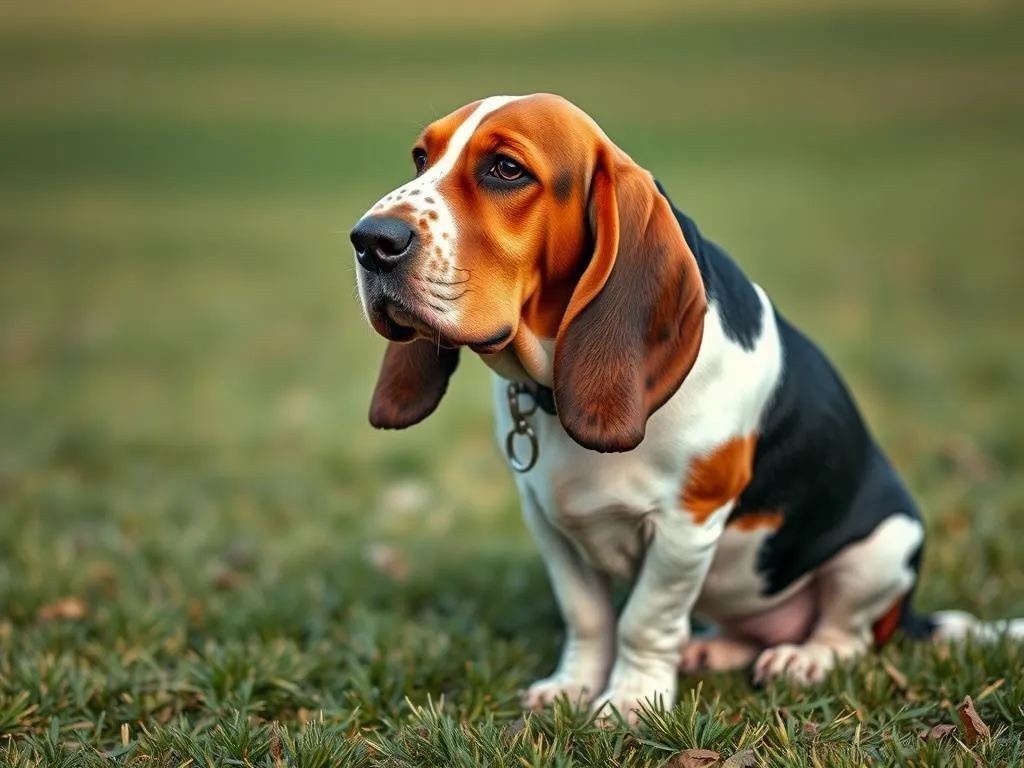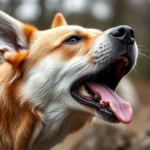
Basset Hounds are one of the most recognizable dog breeds, known for their droopy ears, soulful eyes, and distinctive build. Their unique appearance, combined with a gentle and friendly temperament, has made them beloved family pets. However, to appreciate these charming companions fully, it is essential to understand their history and purpose. This article delves into what Basset Hounds were bred for, exploring their origins, primary functions, and evolution into the family companions we know today.
History of Basset Hounds
Origins of the Breed
The Basset Hound traces its roots back to France, where it was bred as a hunting dog. The term “Basset” derives from the French word “bas,” which means “low,” referring to their short stature. Early records suggest that Basset Hounds were developed in the 6th century, primarily from hounds that were bred to track game. The hunting culture of France greatly influenced the development of this breed, as they were specifically designed to excel in hunting small game, such as rabbits and hares.
Development of the Breed
Throughout the centuries, Basset Hounds underwent various changes due to selective breeding practices. The breed was refined by noble families who recognized their potential as scent hounds. Key figures, such as the Duke of Richmond, played a significant role in establishing the breed’s characteristics. By the 19th century, Basset Hounds had gained recognition in England, where they were further developed and standardized.
Purpose of Basset Hounds
Primary Function: Hunting
The primary purpose of Basset Hounds was, and still is, hunting. As scent hounds, they possess an exceptional sense of smell, which is about 1,000 times more accurate than that of humans. This makes them adept at tracking scents over long distances. Basset Hounds were primarily bred to hunt small game, including rabbits, hares, and sometimes even deer. Their low stature allowed them to navigate dense underbrush while following scents, making them indispensable for hunters.
Characteristics That Made Them Ideal for Hunting
Several unique physical traits contribute to the Basset Hound’s hunting prowess. Their short legs enable them to maneuver easily through thick vegetation, while their long ears help to trap scents, directing them toward their keen noses. Additionally, Basset Hounds have a powerful sense of smell and remarkable stamina, allowing them to pursue their prey for extended periods without tiring.
Basset Hounds in the Field
Hunting Techniques
Basset Hounds were typically used in hunting scenarios as part of a pack. Their hunting style differs from other breeds; instead of chasing down prey, they would track it by scent and alert their human companions to its location. This scent-tracking ability meant that hunters could rely on Basset Hounds to follow a trail and lead them to the game, making them an essential part of the hunting team.
Social Structure and Pack Behavior
In the field, Basset Hounds exhibit a strong sense of social structure and pack behavior. They thrive in a team environment, often working alongside other dogs and their human handlers to bring down game. Their friendly nature allows them to interact well with other dogs, making them an ideal choice for hunting parties. Basset Hounds tend to be social and enjoy the camaraderie of both their human companions and fellow dogs.
Transition to Family Companions
Shift in Purpose
As society evolved, so did the role of Basset Hounds. The rise of urban living and changes in hunting practices led to a decreased demand for hunting dogs. Consequently, Basset Hounds transitioned from their original purpose of hunting to becoming cherished family pets. Their gentle temperament and loyal nature made them excellent companions for families, and they quickly gained popularity in homes across the world.
Adaptation to Home Life
Basset Hounds have adapted remarkably well to home life. They are known for their friendly and laid-back personalities, making them suitable for families with children and other pets. Contrary to some misconceptions, Basset Hounds are not lazy; they do enjoy playtime and require regular exercise. Their easygoing nature allows them to fit seamlessly into various living situations, from apartments to large houses with yards.
Basset Hound Characteristics
Physical Traits
Basset Hounds are medium-sized dogs, typically weighing between 40 to 65 pounds. They have a distinctive appearance characterized by short legs, a long body, and droopy ears. Their coat can come in various colors, including tri-color (black, white, and tan), lemon (light tan and white), and red. These distinctive features not only define the breed but also contribute to their charm.
Temperament and Behavior
Basset Hounds are known for their friendly and easygoing temperament. They are typically good-natured, gentle with children, and sociable with other animals. Their laid-back nature makes them relatively easy to train, although their independent streak can pose challenges. Basset Hounds are also known for their quirky behavior, including a tendency to follow their noses, which can sometimes lead them into mischief.
Care and Maintenance of Basset Hounds
Health Considerations
Like all breeds, Basset Hounds come with their health considerations. Common health issues include hip dysplasia, ear infections, and obesity. Regular veterinary check-ups are essential to monitor their health and address any emerging issues. Preventative care, including vaccinations and flea and tick treatments, is critical to ensuring a long and healthy life for your Basset Hound.
Exercise and Training Needs
Basset Hounds require regular exercise to maintain their health and prevent obesity. A daily routine that includes walks, playtime, and mental stimulation is ideal. While they may not require as much exercise as high-energy breeds, they do enjoy a good romp in the yard or a leisurely stroll around the neighborhood. Training Basset Hounds can be rewarding but requires patience, as they may be somewhat stubborn. Positive reinforcement techniques work best for this breed, as they respond well to praise and treats.
Conclusion
In summary, understanding what Basset Hounds were bred for provides valuable insight into their characteristics, behavior, and care needs. Originally developed as scent hounds for hunting small game, Basset Hounds have transitioned into beloved family companions, retaining their friendly and gentle nature. Their unique physical traits and adaptable temperament make them ideal pets for various living situations. For those considering adding a Basset Hound to their family, it’s essential to recognize their origins and ensure that their needs are met for a happy and healthy life.
As beloved family members, Basset Hounds continue to charm us with their affectionate nature and endearing quirks. Knowing their history and purpose allows us to appreciate them even more as they snuggle up on our couches or follow their noses on a leisurely walk.









